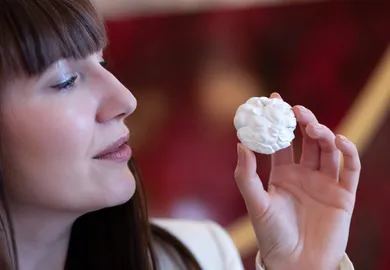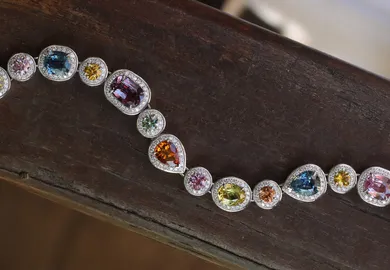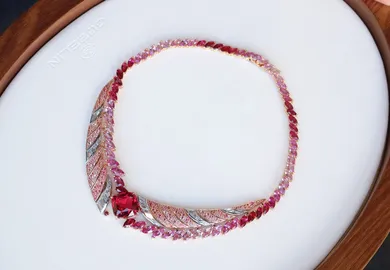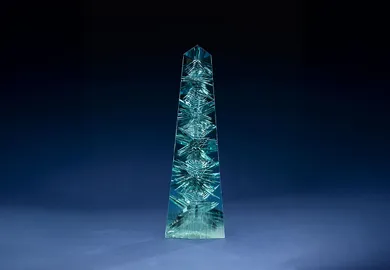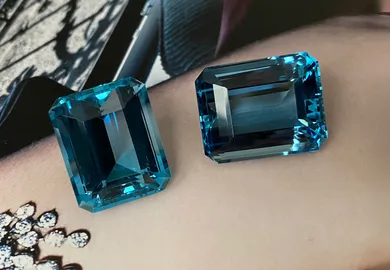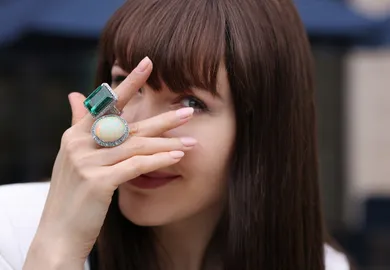
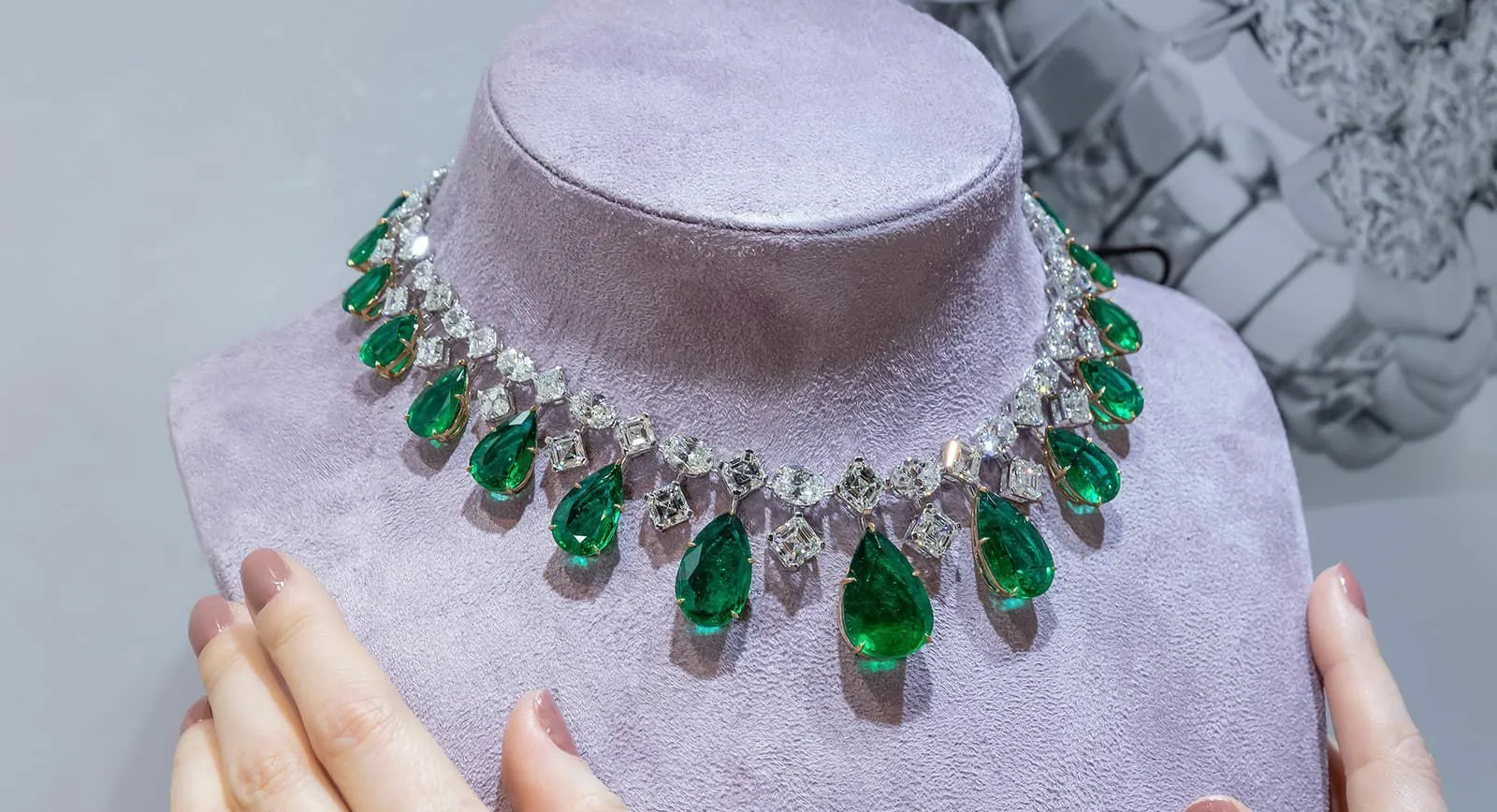
Emeralds: Simple Rules for Caring for Your Precious Stone
If you find yourself buying a piece of jewellery set with an emerald, you will no doubt have paid particular attention to its colour, transparency, carat weight and certificate. But does this mean that you are armed with enough knowledge to guarantee your jewel will bring you joy for years to come? Not exactly! It is one thing to analyse the quality of a jewel or stone and quite another to understand the nuances of care that will ensure its longevity and prevent the stone from becoming damaged.
One of the characteristic features of emeralds is that they naturally contain inclusions and microcracks. The reason is that there are no alluvial deposits of emeralds anywhere in the world and the process of uncovering them beneath the Earth entails exploding hard rocks, as well as making use of various mining tools and machines. Crushing the extracted ore, meanwhile, allows it to be broken into pieces and brought to the surface, where the valuable green specimens can be sorted out.
This story is available to Katerina Perez Club members.
Premium Membership
£15/month
Billed monthly. Cancel anytime*
Elite Membership
£13/month
Billed annualy. Cancel any time*
Already have an Account?
